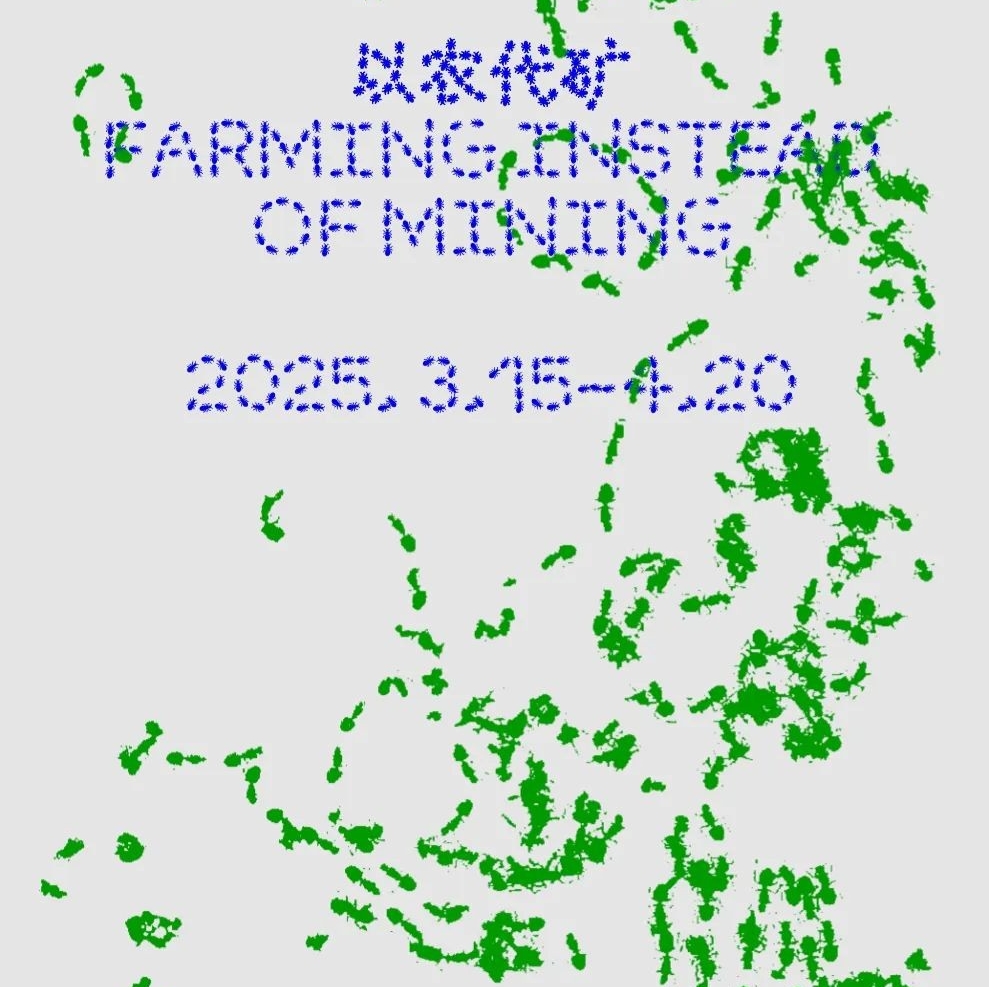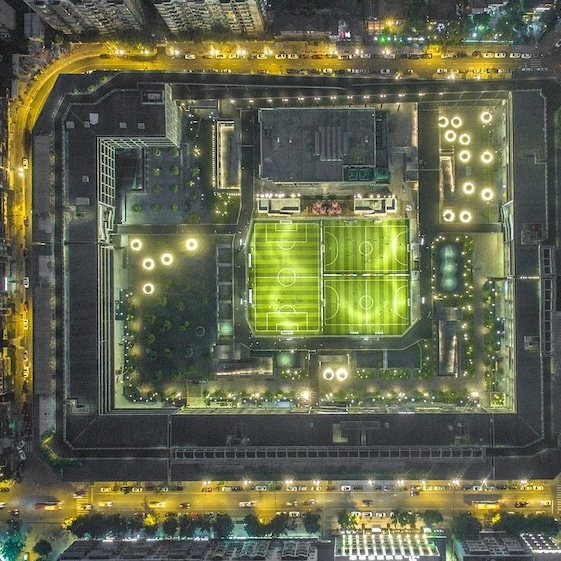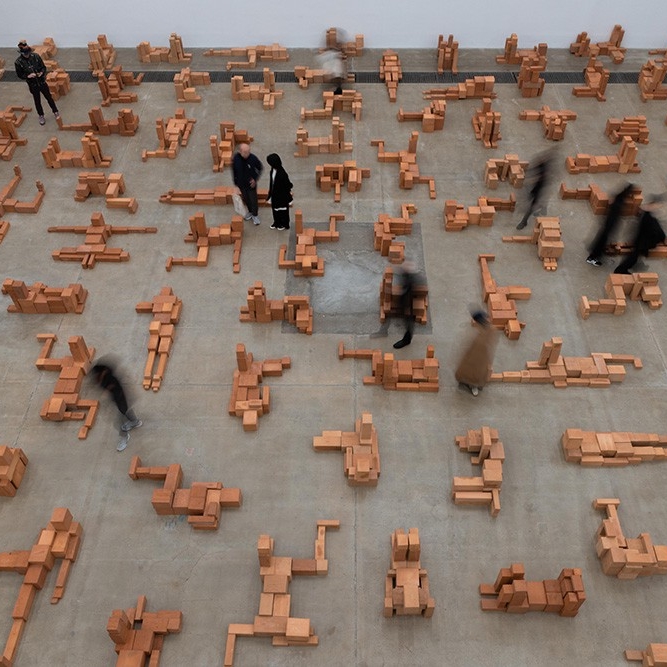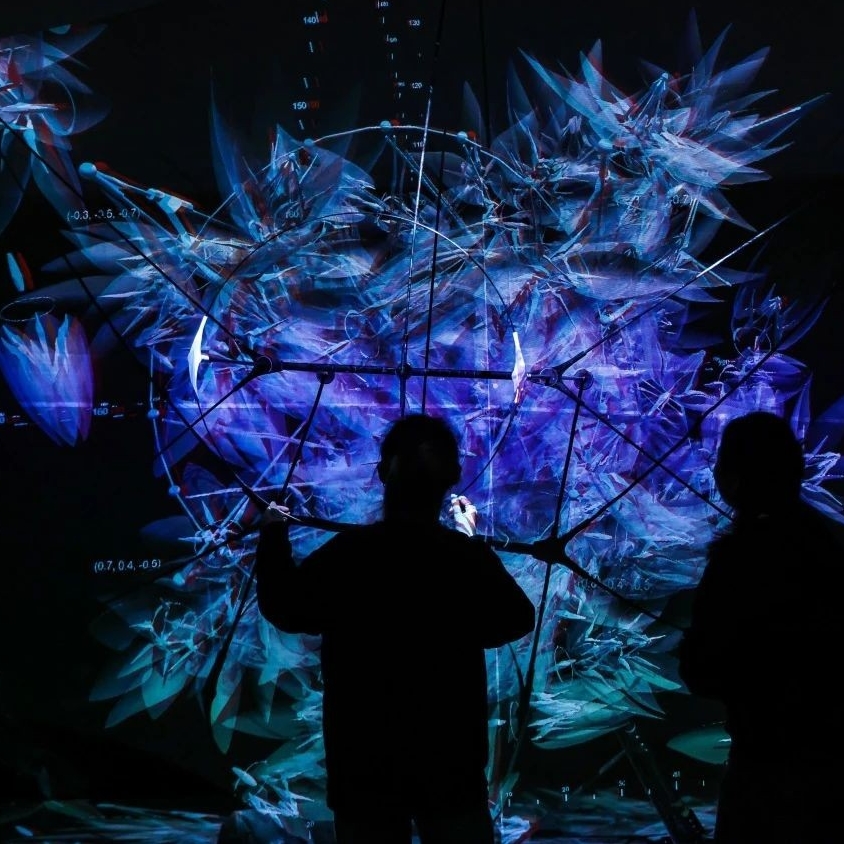
Cao Fei, Duotopia
For over two decades, the work of Cao Fei has stood at the forefront of thinking around art, media, technology and futurity. Diverse in medium and approach, her projects explore facets of everyday existence mingled with the surreal and spectacular to tap into deep-seeded questions around what it means to be human in this ever-shifting twenty-first century. Duotopia, a major exhibition by Cao Fei at Sprüth Magers, Berlin, will transform all of the gallery's main spaces and premiere several new works outside of China that delve into the metaverse, virtual reality and the interactions between human and machine consciousness.
The films, videos, photos, digital projects, drawings and complex multimedia installations of Cao Fei (*1978) explore far-reaching social changes in our era of globalization, urbanization and digitalization. The Beijing-based artist’s oeuvre sheds light on the ways people react to these developments and integrate them into their lives. Operating as both artistic invention and social documentation, the visual language of her work verges on the fantastic, with a melancholy atmosphere leavened by moments of humor and surreal beauty.
Cao’s earlier works observe with great accuracy and empathy the longings, ambitions and desires that people often live out online today, and the consequences this has for their self-image. Video and photographs in her Cosplayers (2004) series, for instance, show teenagers dressed in the colorful costumes of Japanese manga warriors. They roam urban and suburban landscapes during the day, only to spend their evenings in the cramped confines of their families’ small apartments. They are the protagonists of China’s first youth subculture mediated by the Internet, and their daydream-like role-playing seems an understandable reaction to the unforeseeable upheavals of the society in which they live.
In many ways, Cosplayers also explored the emerging neoliberal collective identity brought on by global networking, a theme Cao would continue to probe in later works. Her celebrated project RMB City (2007–11) was named after the renminibi, the Chinese currency often abbreviated as RMB. It was created on the then immensely popular cyberspace platform Second Life and can still be found there today, albeit largely abandoned. RMB City is an exuberant virtual island metropolis whose buildings either imitate real, iconic structures from all over the world or were entirely inspired by fantasy; Cao invited other artists, curators, architects and collectors to contribute to its design. The cyber-city’s hallmark is a giant bicycle wheel reminiscent of Duchamp. The project, which has been documented in a series of hypnotic video works, is less the invention of an alternative parallel world than the narrative processing of the existing world of China, its incomparable construction boom and turbo-capitalism. While initially optimistic in its outlook, the project gained more post-apocalyptic traits near its end.
The idea of the post-apocalyptic is even more prominent in the artist’s recent works, whether in feature film-like videos such as Haze and Fog (2013) and Asia One (2018) or the stop-motion film La Town (2014). In the miniature dioramas of La Town, Cao ironically sketches the disaster scenario of a collapsing civilization. The film’s soundtrack consists in dialogue, written by Marguerite Duras, from the film Hiroshima, mon amour (1959). Both of her two fictional feature films allude to the figure of the post-apocalypse in a more oblique way. Asia One is about the last two people in a gigantic logistics center in Shanghai. The center’s automated distribution is operated entirely by robots and artificial intelligence who increasingly view the two protagonists as a nuisance. Haze and Fog, an elegant black comedy, is set in a wealthy district of Beijing where inhabitants perform everyday tasks that keep tipping over into the surreal. They dance in the supermarket, do yoga on a ping-pong table, play golf in their apartments or lie down in a bathtub filled with rubber balls made to look like watermelons. They are so immersed in their activities that they fail to notice how their lives are being thwarted by a growing group of zombies.
The contemporary critique in Cao Fei’s work is as subtle as it is virtuosic. Her oeuvre deals with the psychosocial effects of new media, the phenomenon of loneliness in a technologized and virtualized world and the social consequences of digital capitalism and expanding cities. Yet its tender, precise and poetic view of the world remains unchanged. It is a perspective of inimitable humanity, far more compelling than any invocation of disaster.
About the Exhibition
Duration: April 28–August 19, 2023
Public reception: April 27
Venue: Sprüth Magers, Berlin
Courtesy Sprüth Magers.




























